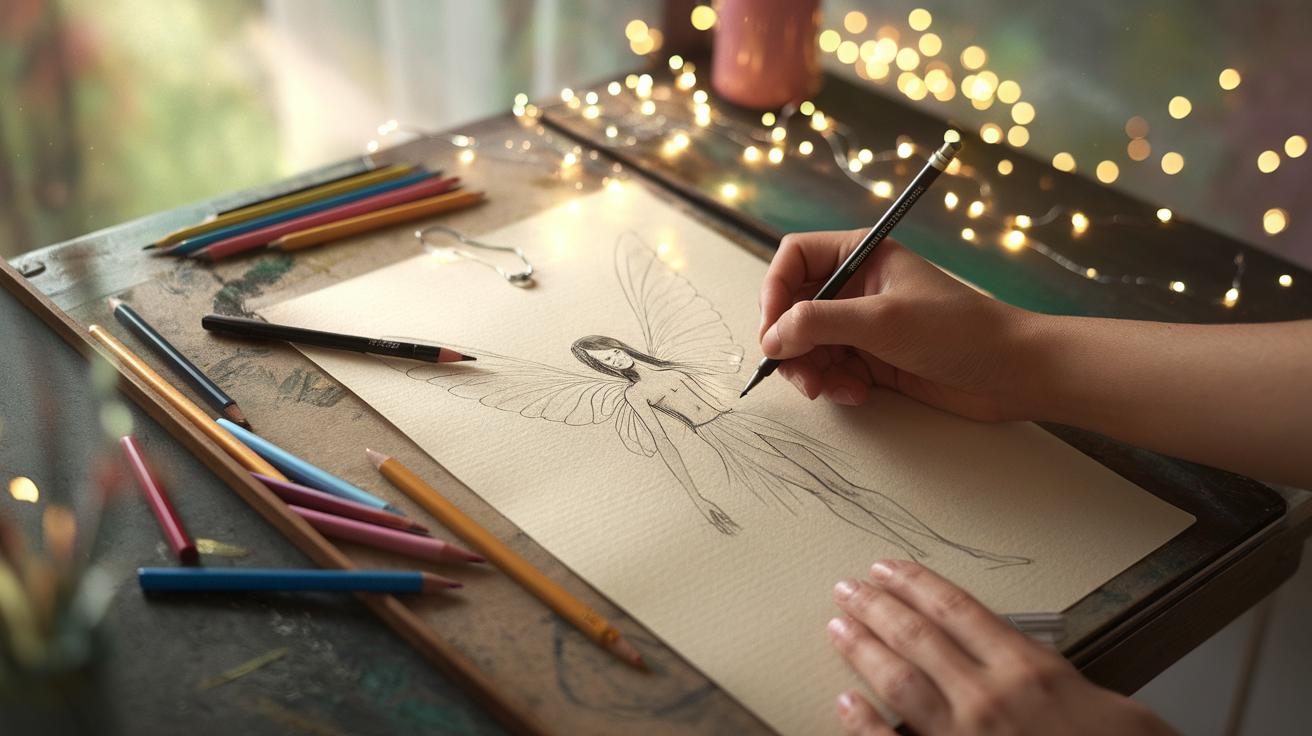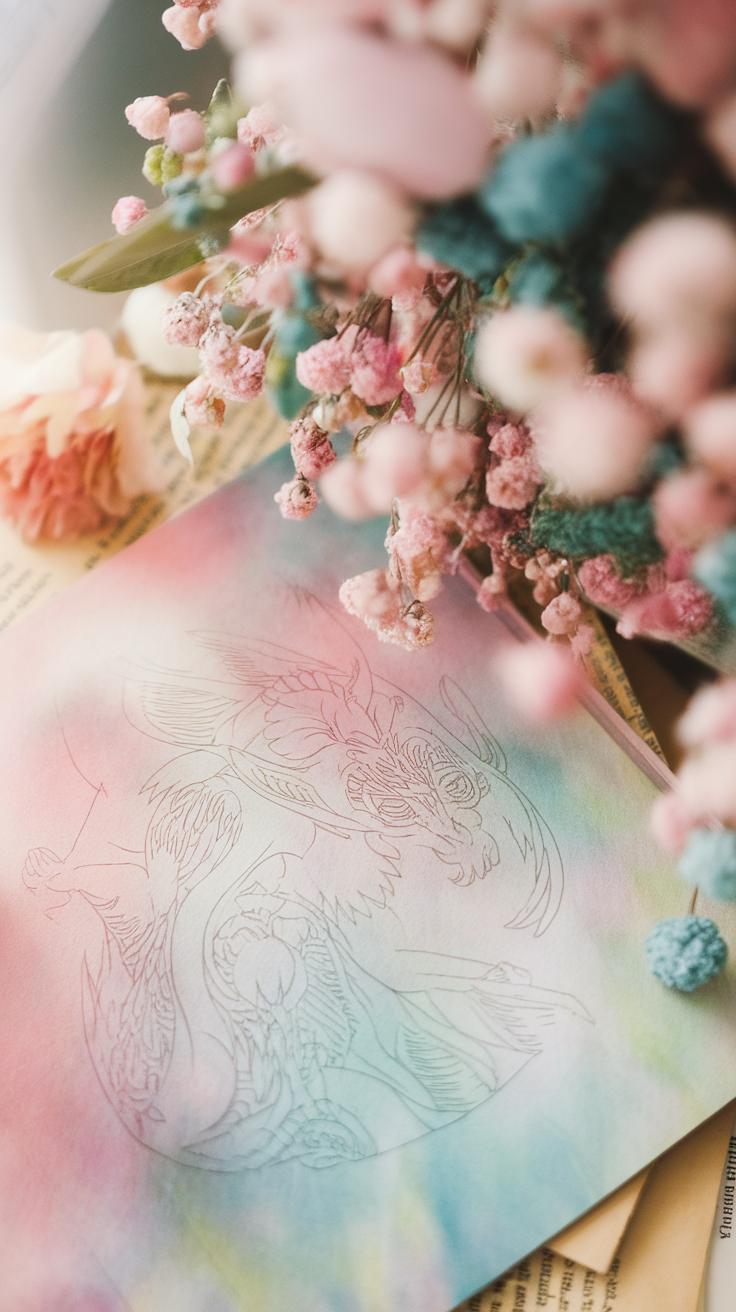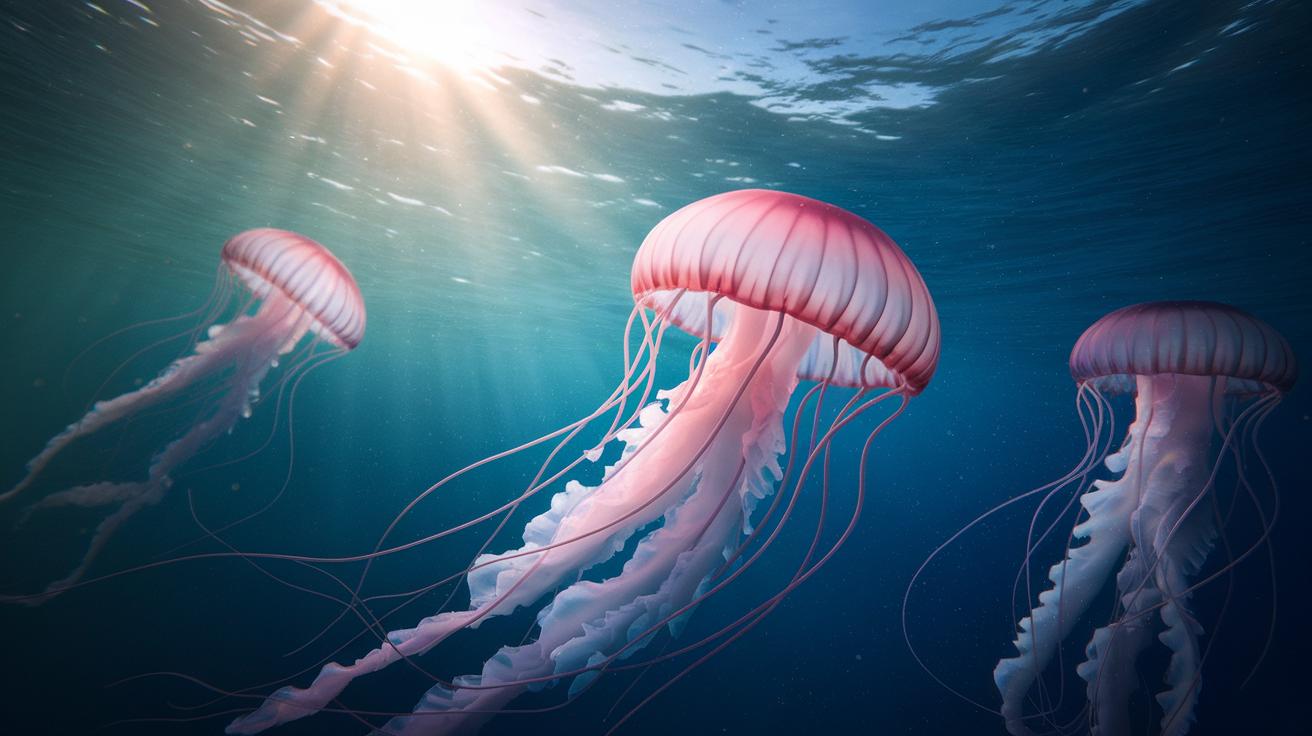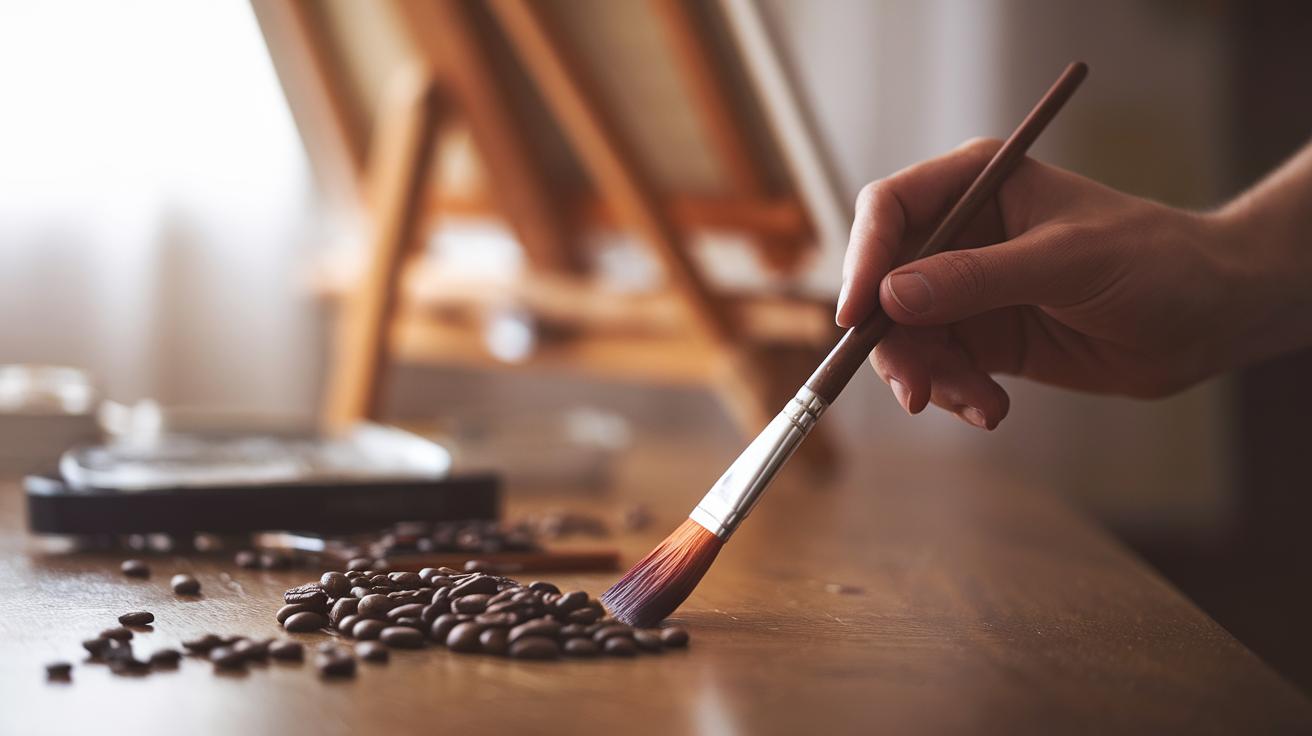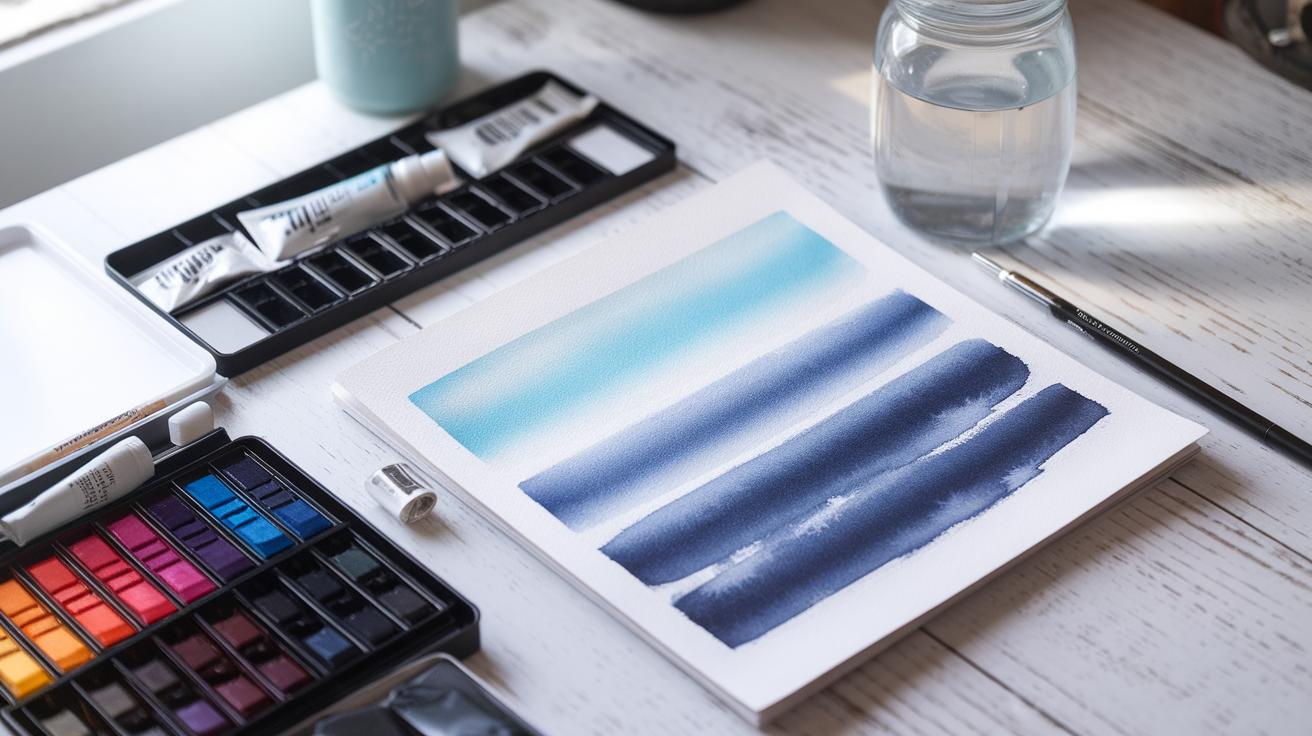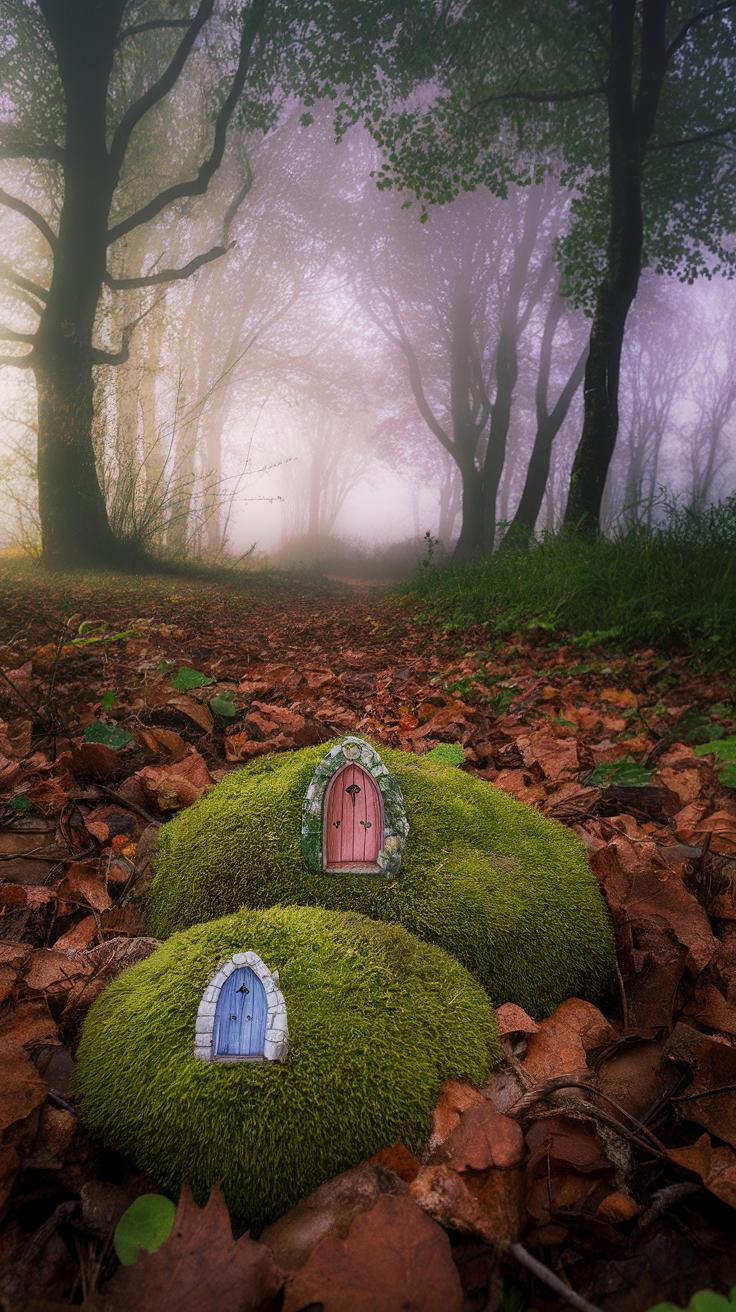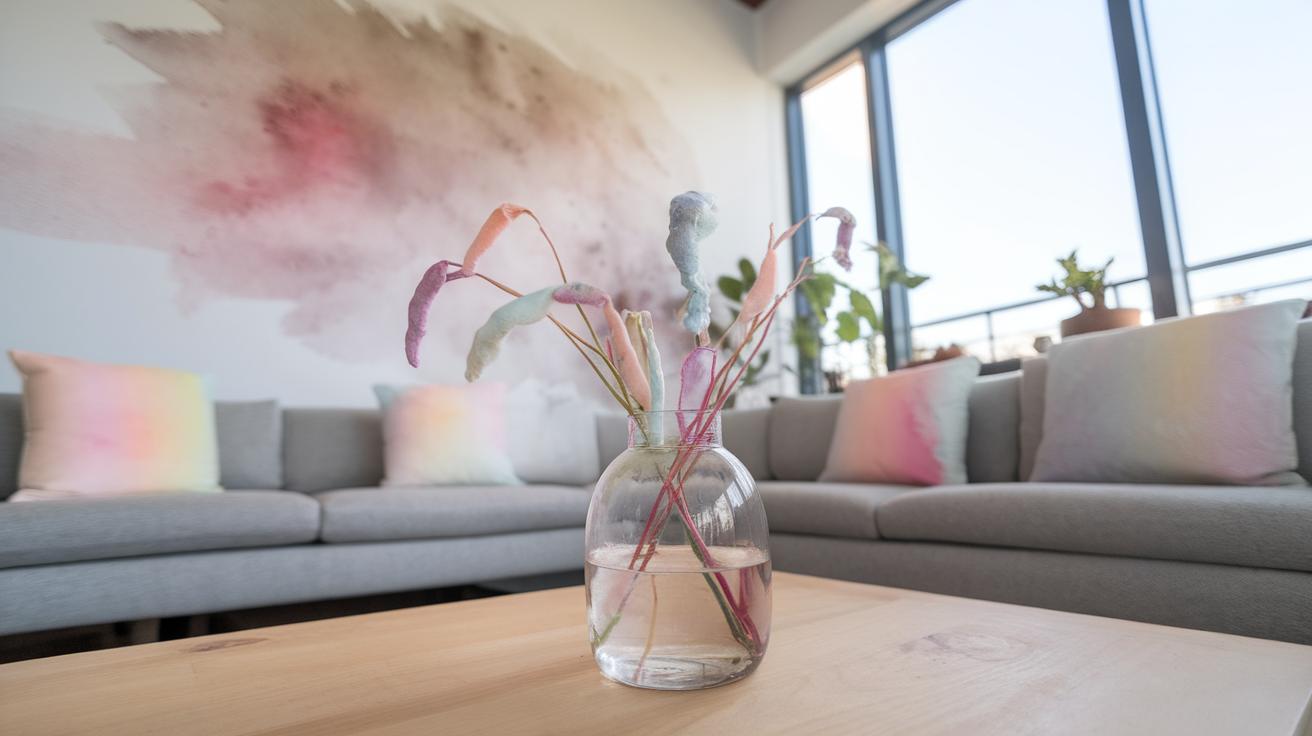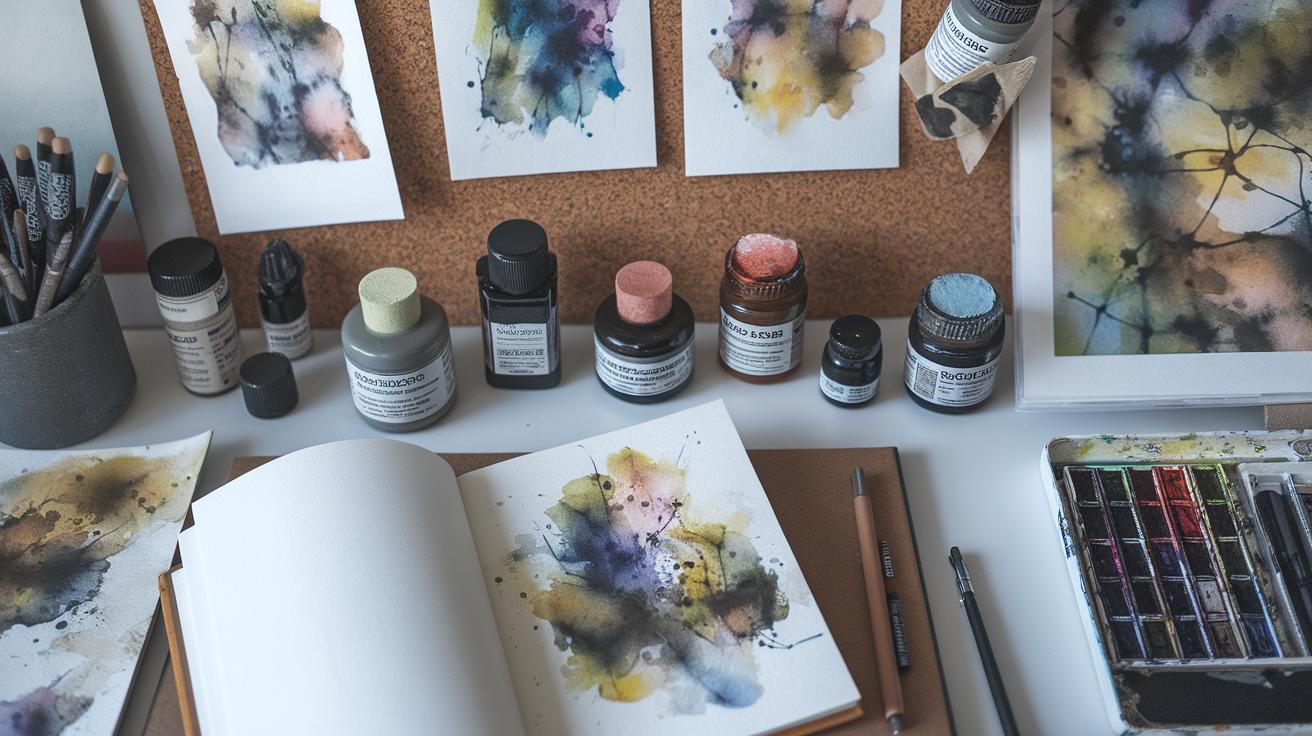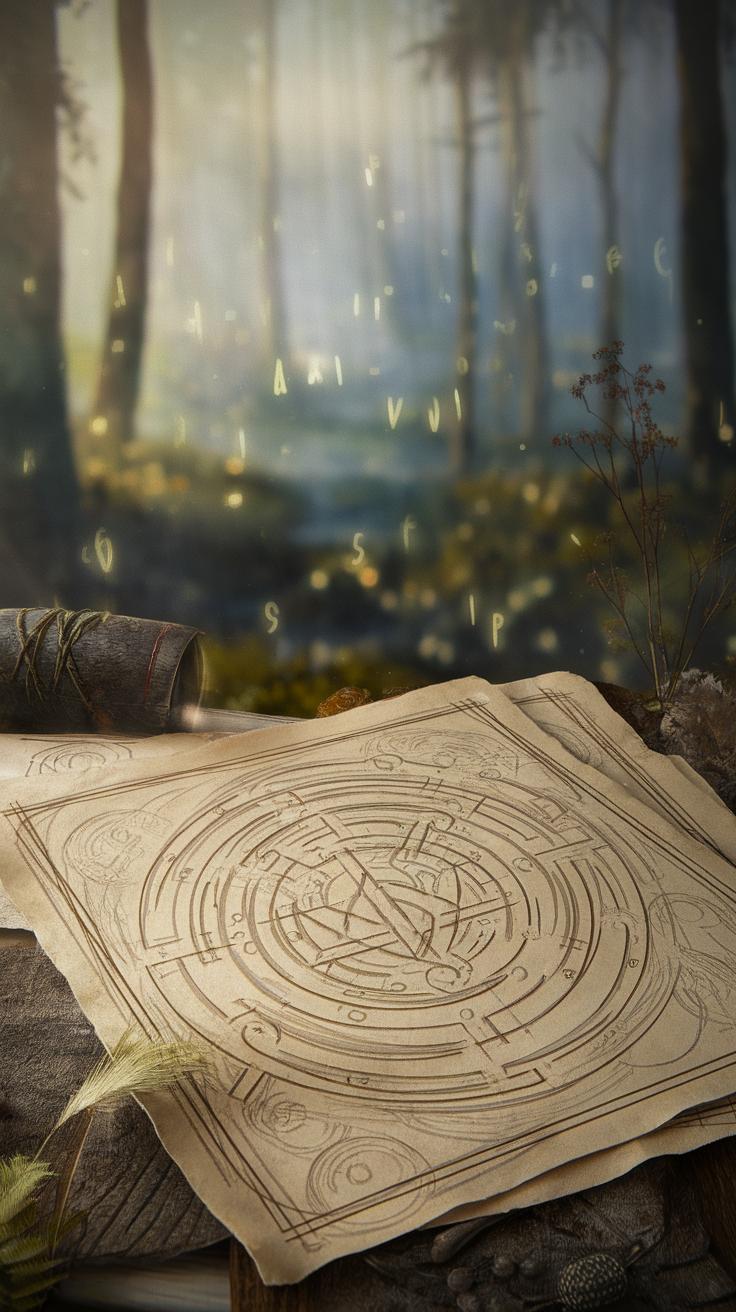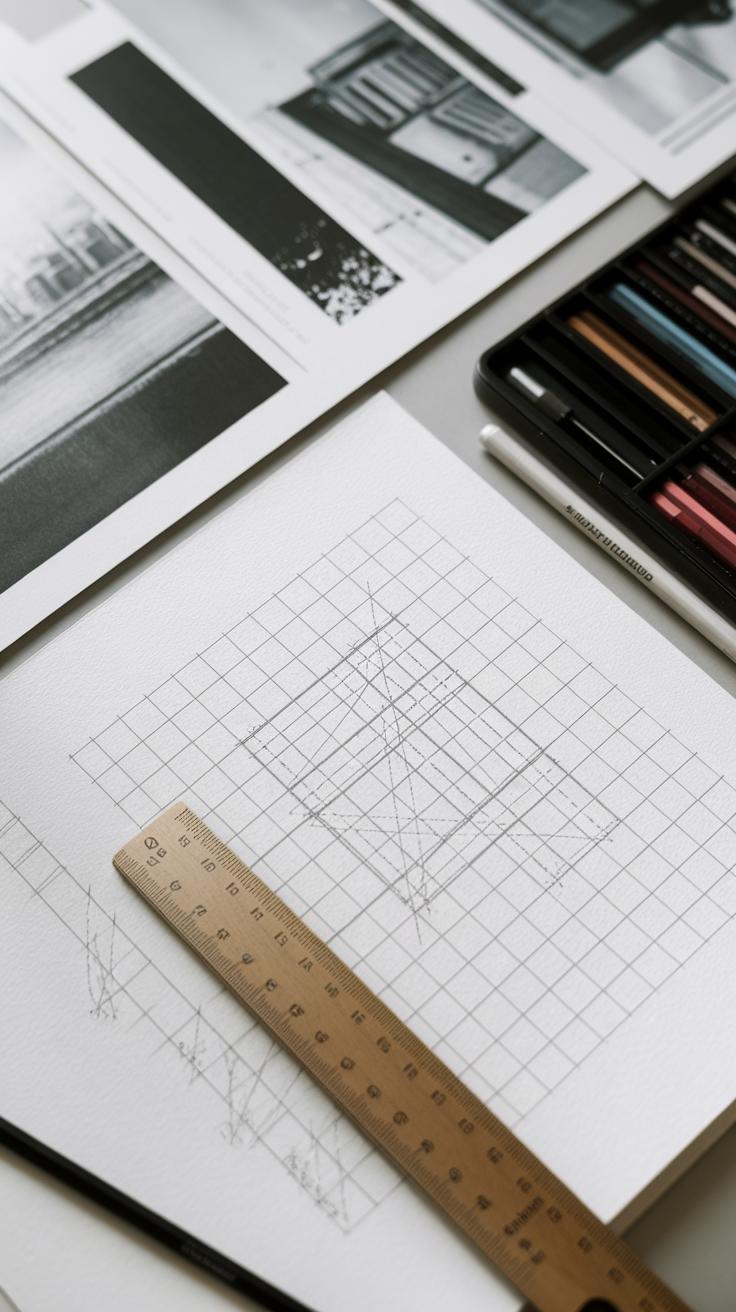Introduction
Fairytale art captures the imagination and brings stories to life through vivid imagery. You can create enchanting worlds filled with magical creatures, epic adventures, and rich details that invite viewers to step inside a story. Bringing these visions to paper or screen requires more than just artistic skill; it demands an understanding of how to communicate emotion, setting, and character through illustration. This article will guide you through practical and creative tips that enhance your fairytale artwork and engage your audience.
Creating effective fairytale illustrations is about balance. You want to stay true to familiar themes but also inject originality. The use of color, composition, and character design plays a crucial role in drawing the viewer into your narrative. By learning actionable techniques and understanding what makes fairytale art so captivating, you will improve your illustration skills and add a new dimension to your artistic projects. Let’s explore essential strategies to bring your fairytale ideas to life.
Understanding Fairytale Art
Fairytale art brings stories to life through images. It shows scenes and characters from myths and legends that we often find in books and movies. This type of art uses visual clues to help you understand a story without words. You see magical creatures like dragons, fairies, or talking animals that do more than just look interesting. They carry meaning and represent ideas.
Fairytale art often features unusual places. Think of deep forests, towering castles, or strange worlds. These settings feel different from everyday life, inviting you into a new experience. Symbols like keys, mirrors, and enchanted objects pop up often. They hint at hidden meanings and deeper parts of the tale.
This art is more than decoration. It shapes how people see stories. Images in fairytale art help people feel emotions, imagine worlds, and remember lessons from stories. What do you notice in your favorite fairytale illustrations? How do these images make you feel connected to the story?
Key Features of Fairytale Art
Fairytale art stands out because of the balance it strikes between the real and unreal. Characters often look human but have mystical traits, like glowing eyes or wings. Colors play a big role, using rich or unexpected shades to create mood. Dark forests might appear eerie with shadows, while a magical palace shines with light.
Scenes in fairytale art focus on moments that matter most to the story. You may see a hero’s first step into a mysterious forest or a quiet moment of discovery. These moments show emotions like fear, wonder, or hope without needing words.
Details in costumes, objects, and backgrounds tell you about the story’s world. Does the hero wear armor that looks worn? Is the setting old or new? These choices give you clues to the story’s time, place, and mood. How can you use these visual tools to guide your viewer’s emotions and attention when illustrating?
The Power of Storytelling in Illustration
Storytelling through fairytale art depends on connecting images to the story. Every choice you make—pose, color, angle—adds meaning. Art shows action, sets tone, and reveals what characters feel inside. You don’t just tell a story with words; you show it through pictures that speak to the mind and heart.
Pictures can reveal more than text alone. A dragon’s smoky breath or a fairy’s shy smile adds hints about what might happen next. This keeps your audience curious and involved. Visual storytelling also helps people of all ages and languages understand and enjoy the tale.
Think about how you can use your illustration to share the story beyond just the obvious. What small detail could change the mood? How do your choices shape the story your viewer believes in? Visual storytelling in fairytale art invites viewers not only to see but also to imagine and feel.
Planning Your Fairytale Illustration
Your first step in creating a fairytale illustration starts with careful planning. You need to understand the story behind the scene you want to bring to life. This means reading the tale closely, noticing its emotions, key moments, and characters. What feelings does the story evoke? What message should your illustration share?
Next, decide on the style and mood that will best match the story. Will your artwork be bright and cheerful or dark and mysterious? Are you leaning toward a realistic look or something more whimsical? This choice will guide your colors, shapes, and details.
Before jumping into final drawings, sketch out several rough ideas. Experiment with different compositions, perspectives, and elements. These rough sketches help you find the strongest visual way to tell the story. Take your time here. What layout captures the scene’s heart most clearly?
Research Your Story Thoroughly
Diving deep into your story gives your illustration meaning. When you know the characters’ backgrounds, settings, and conflicts, you create artwork that feels authentic. Readers recognize when an image connects closely to the tale.
Gather references from books, films, artwork, or historical contexts related to the story. If your fairytale involves forests or castles, find photographs or paintings showing these places. Collect images of costumes, plants, or mythical creatures to add detail and accuracy.
Ask yourself: What makes this story unique? Which details could visually emphasize its themes? Finding answers here fuels your creative choices and enriches your illustration with purpose.
Sketching and Concept Development
Sketches play a critical role in developing your final illustration. Start with quick, loose drawings that focus on basic shapes and composition. These sketches let you test ideas fast without worrying about details.
Try different poses for characters or alternative angles for scenes. Play with size and placement. Which arrangement draws attention to the most important part of the story? How can you lead viewers’ eyes through the image?
Refine your favorite concepts step by step. Use each sketch to check proportions, balance, and clarity. Sketching this way prevents mistakes later and helps you discover new, stronger ideas you might not think of at first glance.
Creating Strong Characters
Design characters that fit the fairytale world by focusing on clear proportions and expressive poses. Use head-to-body ratios to communicate age and role—larger heads often work well for young or innocent characters, while elongated bodies can suggest elegance or power. Facial expressions should reflect personality and emotions clearly. Consider how posture can reveal a character’s attitude: a proud stance shows confidence; a slouched posture can suggest fear or sadness.
Visual consistency helps the character support the story. Ask yourself if your design tells the viewer who they are and what they want right away. Avoid overcomplicating features; simple shapes often read more quickly and effectively in fairytale art.
Designing Character Traits Visually
You can show personality and roles through specific visual details. Sharp angles or jagged lines often express toughness or villainy. Rounded shapes create a friendly or gentle impression. Color choices also play a role: warm tones can signal kindness, while cool or dark shades might indicate mystery or danger.
Small details amplify traits. A clever character might wear glasses or carry tools. A warrior might have scars or armor. When you decide these traits, imagine what your character would naturally wear or carry. Your design choices should communicate who they are without words.
Costuming and Symbolism
Costumes do more than dress characters—they tell part of the story. Fabrics, colors, and shapes can symbolize traits or themes. For example, a character wearing flowing green robes might be linked to nature or growth. A crown made of twisted thorns could reveal a ruler with a harsh reign.
Think about the story when choosing costumes. How do they fit the setting? Does a character’s clothing change throughout the tale? Symbolic details in buttons, patterns, or accessories can hint at backstory or future events. Keep your designs consistent with the story’s mood and message to deepen the viewer’s understanding.
Building Magical Settings
Creating a fairytale environment requires careful design choices that support the mood and story. When you craft landscapes, think about how rolling hills, dense forests, or misty lakes can add depth and mystery. These should align with the tone of your tale—whether it’s hopeful, eerie, or adventurous.
Architectural details help set the stage too. Cottages with crooked chimneys, towering castles, or ancient ruins tell a story on their own. Choose styles that suit the era and culture you are imagining, but feel free to exaggerate shapes and proportions to make them feel more extraordinary.
The atmosphere connects everything. Light and shadow guide the viewer’s emotions. Soft glows suggest comfort, while sharp contrasts hint at danger or magic. Ask yourself what feeling this setting must evoke.
Using Environment to Support Storytelling
Backgrounds do more than fill space; they help tell the story. Imagine a gloomy forest as a symbol of fear or uncertainty, or a bright meadow to show safety and peace. Use your environment to give clues about where the story is going.
Think about how each element reflects your characters’ journey. If a hero climbs a steep mountain, show the challenge visually with rough terrain or stormy skies. Small details, like wilted flowers or broken paths, can hint at past events or future obstacles.
How does your setting influence your viewer’s feelings? Choosing details that echo the narrative helps make your illustration stronger and more immersive.
Incorporating Fantasy Elements
Add unique touches that transform ordinary places into realms of wonder. Twisting trees with glowing leaves, floating islands, or rivers that sparkle with stardust create a distinct atmosphere. These details grab attention and invite viewers to imagine the impossible.
Magical creatures or enchanted objects embedded in the environment make scenes memorable. Think about how fairy lights might drift through the air or how a hidden door can hint at secret worlds beyond.
Balance these fantasy elements with realism. Avoid overwhelming your scene but place surprises where the viewer least expects them. What unusual features can you introduce to surprise and delight?
Choosing Colors with Purpose
Color plays a key role in fairytale art. It sets the mood and guides the viewer’s eye to important parts of your illustration. When you pick colors carefully, you help tell your story without words. Understanding basic color theory can make this process easier. Colors opposite each other on the color wheel, like blue and orange, create contrast and catch the eye. Colors next to each other, like yellow and green, offer harmony and unity.
Imagine a fairytale forest at dusk. Using deep blues and purples can give a quiet, mysterious feeling. Adding a touch of warm gold can highlight a magical item or character. Think about what emotion you want to stir in the viewer. What feeling should they associate with your scene? Your color choices should answer that question.
Color Symbolism and Emotions
Colors carry meanings that tap into how people feel. Red can express passion, danger, or excitement. Blue often suggests calm, trust, or sadness. Green links to nature, growth, or envy. Using these associations allows you to add layers to your illustration’s story.
For example, a brave heroine might wear red to emphasize courage, while a dark villain could be surrounded by shadows of black or deep purple to hint at mystery or evil. Think about how colors influence feelings in your audience. What mood will your color choices create before a single word is read?
Color Harmonies and Contrast
Balancing color harmony and contrast strengthens your work. Complementary colors like red and green create strong visual interest when placed side by side. They help important elements stand out.
Try using a limited palette focused on a few harmonizing colors with one or two contrasting hues for accents. This strategy keeps your image unified but still lively. For instance, a soft blue background with bright orange highlights on a magical crown draws immediate attention where you want it.
Ask yourself: How can you guide the viewer’s eye through your illustration? Using color contrast thoughtfully answers this and makes your fairytale art more engaging.
Lighting to Create Atmosphere
Light and shadow shape how your fairytale scene feels. They add depth and help set the mood for your illustration. Bright light can give a sense of hope or joy, like sunlight breaking through a forest. On the other hand, dim lighting and deep shadows can create mystery or danger, such as a dark cave or a foggy night.
Warm light, like candlelight or sunset, often creates feelings of comfort or magic. Cool light, such as moonlight, adds calm or eerie tones. Try painting a character in sharp light and cast the background in shadow to make the figure stand out. Or use soft, even lighting to suggest peace and quiet.
What mood do you want your lighting to express? How can you use light to show more than just the setting—to reveal emotions and story moments?
Techniques for Effective Lighting
Start with a clear light source, such as the sun, moon, or a lantern. This helps create believable shadows and highlights. Directional lighting shows where the light is coming from and shapes the forms in your scene.
Use three-point lighting—key light, fill light, and backlight—to give your scene volume. The key light is the strongest and defines the main shadows. Fill light softens harsh shadows to reveal some detail. Backlight separates the subject from the background and adds glow or rim light.
Spotlighting focuses attention and adds drama. For example, a single beam of light highlighting a princess in a dark forest draws the viewer to her and sets an emotional tone. Experiment with soft versus hard edges in shadows. Soft edges feel calm, while sharp shadows feel tense or sharp.
Using Light to Guide the Viewer’s Eye
You control what your viewer sees first with lighting. Placing the brightest light on a character’s face or an important object instantly attracts attention. Use contrast between light and dark areas to lead the eye through your composition.
Gradual changes in light can move the gaze across the scene naturally. You might light a path that your hero follows or illuminate a magical artifact in the dark. Reflective surfaces like water or glass can bounce light to highlight hidden details.
Think about where you want your viewer to pause or explore. Can you use light to tell parts of your story silently? What parts of your illustration become clearer or more mysterious through your lighting choices?
Adding Detail and Texture
Details and textures bring life to your fairytale illustrations. They help create a sense of reality that pulls viewers into the scene. When you add texture to a tree’s bark or the fabric of a princess’s dress, you provide clues about the materials and environment. This deepens immersion and supports the story you want to tell.
Focus on areas where the viewer’s eye will naturally rest, like faces, hands, or key objects. These spots benefit from careful detailing. Leave secondary parts, like large backgrounds or less important characters, simpler to avoid overcrowding your image.
You might ask, where should you apply texture without overwhelming the artwork? Try layering soft textures beneath sharper details or limit textured sections with clear shapes to keep the illustration readable. Thoughtful placement of details lets your image breathe while enhancing realism and interest.
Balancing Detail and Simplicity
Deciding where to add detail can make or break your composition. Pick one or two focal points and concentrate the most detail there. Less important areas should remain clean and simple to guide the viewer’s eyes smoothly across the page.
Ask yourself which parts tell the story best. If a character’s face reveals emotion, highlight it with careful lines or textures. Background elements can stay muted or use broad brush strokes. This contrast helps create depth and avoids visual clutter.
A balanced mix of detail and simplicity makes your illustration easier to understand and more enjoyable to look at. Trust your instincts to know when to stop adding details, so the overall image stays clear and effective.
Techniques for Texture Creation
You can create textures using a variety of tools and brush techniques. For example, use a stippling brush to mimic rough surfaces like stone or leaves. Dry brush strokes work well for fabric or hair textures.
Try layering different brushes with varying opacity to build subtle complexity. Experiment with custom brushes that imitate natural patterns, such as wood grain or fur. Digitally, texture overlays or blending modes can add realism without extra drawing.
Consider using contrasting textures for different elements. Smooth textures on magical items can highlight their otherworldliness, while rough textures in nature make the scene more tangible. What textures will best emphasize your story?
Incorporating Symbolism and Meaning
Symbols add layers of meaning to your fairytale art. They connect viewers to the story beyond what is visible. When used carefully, symbols deepen the emotions and create a stronger bond with your illustration. You want to avoid overloading your image with too many symbolic details. The goal is to spark curiosity, not to confuse or distract.
Think about the core theme or message of your story. What objects or signs carry emotional or cultural meaning that supports it? Integrate those elements in a way that feels natural. For example, placing a single feather on the ground can hint at freedom or change without stealing attention from the main scene.
Ask yourself: how can these symbols invite viewers to look closer? Subtlety keeps your illustration open to interpretation. It allows people to discover new aspects each time they view your art. This approach keeps your work fresh and engaging over time.
Choosing Symbols Relevant to Your Story
Start by identifying key themes in your story—love, transformation, danger, or hope. Then find symbols that connect directly to these ideas. For instance, a broken chain might represent escape or relief. A blooming flower could symbolize growth or renewal.
You can also draw from folklore, nature, or cultural references related to your tale. Make sure your symbols feel authentic to the narrative. Avoid random elements that don’t have meaning in context, as they dilute the impact.
Keep a list of possible symbols while planning. Think about how each one interacts with characters and settings. Which symbols reinforce the mood or tone you want to create? Choosing the right symbols helps your story resonate more clearly and powerfully.
Subtle Use of Symbolism
Integrate symbols into your composition without making them the center of attention. Place symbolic objects in backgrounds, shadows, or small details that viewers can discover gradually. This invites exploration rather than direct explanation.
Use color, scale, and positioning to balance symbols with the overall scene. A bright red apple can stand out as a symbol, while a faded clock in the corner might hint at passing time without pulling focus. Experiment with obscuring parts of the symbol to keep it mysterious.
Ask yourself: how can I make symbols present but not obvious? This encourages viewers to interpret your work in personal ways. Subtle symbolism enriches your fairytale illustrations and stays true to the story’s spirit without overwhelming the image.
Refining Your Composition
Your composition forms the backbone of every fairytale illustration. Organizing elements well keeps the viewer’s eye engaged and guides them through your story visually.
Consider framing as a tool to focus the scene. Use natural frames like trees, doorways, or arches to hold the viewer’s attention on key parts of the artwork. This helps prevent your illustration from feeling scattered.
Identify clear focus points. Place your main subjects where the eye naturally rests, such as along the rule of thirds grid lines. This keeps the narrative strong and your message clear.
Movement within your image creates a dynamic feel. Arrange shapes and lines so they guide the viewer’s gaze in a smooth path from one element to another. Ask yourself: Where do I want viewers to look first, and where should their eyes move next?
Creating Flow and Balance
Arrange your elements so they lead the viewer’s eye easily through the scene. Balance large shapes with smaller details to avoid heavy spots that feel off.
The eye notices contrast and edges. Place brighter or more detailed items against simpler backgrounds for clear focal points. Use repeating shapes or colors to connect different parts of the illustration and create harmony.
Think about how shapes and lines direct vision. Curves can soften movement and lead gently, while straight lines can push the eye quickly along a path. Ask yourself how you want the mood to affect the flow.
Using Negative Space Wisely
Empty space is as important as the objects you draw. It gives your artwork room to breathe and prevents clutter from tiring the viewer.
Use negative space to highlight your main elements. Surround key subjects with simple backgrounds or clear gaps. This draws attention without distractions.
Overcrowding makes illustrations hard to read. If your scene feels busy, remove unnecessary details or spread out your elements. Consider how much space you leave around important parts. Could reducing detail in background areas help your story stand out?
Finalizing and Presenting Your Artwork
Polishing Your Illustration
Take time to clean up your lines. Erase stray marks or smudges that distract from your main image. For digital art, zoom in closely to correct small details like uneven edges or color bleeds. Use subtle layers to add depth, such as gentle shadows or soft highlights, without overpowering the original drawing.
Check your color balance and contrast. Adjust hues if some areas feel dull or too bright. Sharpen key features to draw attention where needed. Look at your work in different lighting or screens to spot inconsistencies. This practice helps you see your illustration freshly before finalizing.
For traditional art, consider applying fixatives for pencil or pastel work to prevent smudging. If working with watercolor or ink, enhance vibrancy by layering transparent washes once fully dry. Small finishing touches, like adding fine details with a white gel pen or colored pencil, can lift the entire piece and add life.
Sharing Your Work with Impact
Select the right format to share your fairytale art clearly. Save digital files in high resolution for printing and web-friendly sizes for online sharing. JPEGs or PNGs are common choices. For traditional art, scan or photograph your piece under natural light to capture true colors.
Choose platforms that fit your audience. Art communities like DeviantArt or Behance highlight illustrations, while Instagram offers broad reach and easy interaction. Create a portfolio website if you want full control over presentation and branding. Remember to include descriptive titles and short stories to connect viewers with your art’s fairytale theme.
Consider printing your work as posters, postcards, or art books to offer a tangible experience. Attend local art shows or fairs where you can display your pieces face-to-face. Ask yourself how you want people to feel when they see your art and tailor your presentation to match that goal.
Conclusions
Bringing fairytales to life through art is a rewarding challenge that combines creativity, skill, and storytelling. Focus on creating strong characters and vivid settings that tell a story on their own. Use color and light purposefully to evoke mood and guide viewers’ attention. Paying attention to details helps build a believable and immersive world. You can make your illustrations stand out by blending traditional elements with your personal style, making your stories unique and memorable. What story will you choose to tell with your next illustration?
As you apply the tips and techniques shared, consider how each choice impacts the emotions and responses of your audience. Experiment and refine your approach to find what works best for your artistic voice. Engaging with fairytale art means thinking beyond visuals to the emotions and messages behind the images. The more you practice, the more naturally these elements will merge into compelling artwork. Are you ready to transform your ideas into beautiful illustrations that capture the magic of fairytales?

